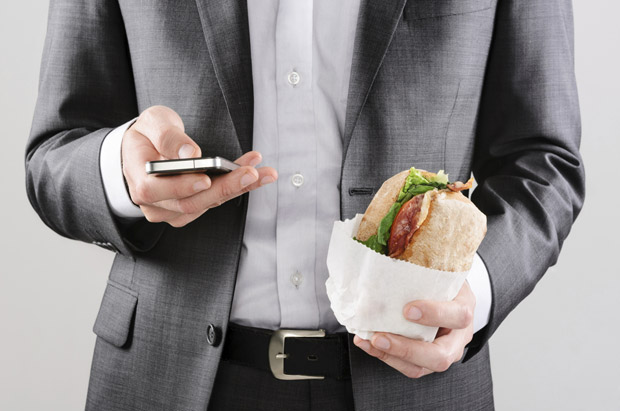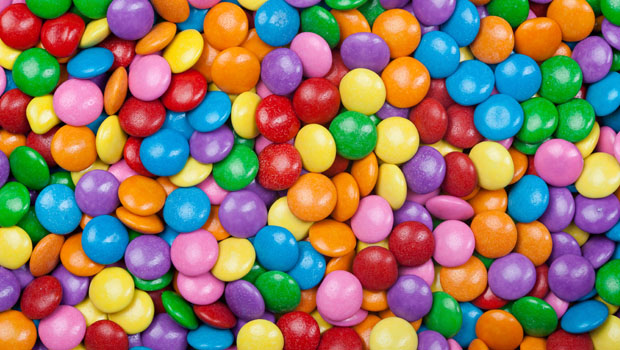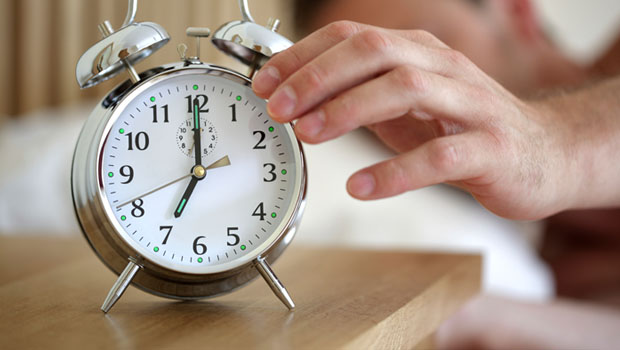6 Tips for Reading Food Labels

In this edited excerpt from The First Year: Type 2 Diabetes – An Essential Guide for the Newly Diagnosed, Gretchen Becker discusses how to decode food labels.
Most food labels indicate the total calories and the amounts of protein, fat, and carbohydrates, as well as the percentage of your daily needs that a serving size should provide. Sounds simple enough, but there are some hidden pitfalls to food label reading. Here are a six tips to make your reading of food labels more accurate:
-Sometimes protein, fat, and carbs are broken down into subclasses; for example, total fat may be broken down into saturated fat, trans fat, polyunsaturated fat, and monounsaturated fat. The problem is that in some cases not all the subclasses are listed.
To check, multiply the grams of total carbohydrate and total protein by four, and then multiply the grams of total fat by nine. Add them together. If this doesn’t equal the total number of calories, something is probably missing.
-Note that the numbers listed on the labels are usually rounded off. So if the food contained 8.4 grams of carbohydrate and 2.4 grams of protein, these would be listed as 8 grams of carbohydrate and 2 grams of protein.
-If you get a lot more calories than the label lists, this might be because the manufacturers don’t have to include calories from the insoluble fiber. They do have to include calories from the soluble fiber (4 cal/g). You have no way of knowing how much of each is included.
-If you get a lot fewer calories than are listed on the label, this could mean that the food contains something not listed on the label. For example, some of the “low-carb” bars now being marketed don’t list carbohydrates such as glycerol and other sugar alcohols.
-Manufacturers don’t have to report small amounts of ingredients: less than five calories or less than 0.5 gram of carbohydrate, protein, or fat per serving can be reported as zero. As long as you eat only the amounts shown as serving sizes, this is not a big problem. But if you eat a lot more, it can be misleading.
-Pay special attention to the listed portion size. The label on Food A says it has 10 grams of carbohydrate, and the label on Food B says it has 20 grams of carbohydrate. But the portion size of Food A is a half-cup and the portion size on Food B is a whole cup. Both foods actually contain the same amount of carbohydrate when you use the same portion size.
In 2014 the FDA proposed a few changes to food labels, including more realistic serving sizes and listing of added sugars. If the changes are approved, manufacturers will have several years before the new regulations are enforced. Until then, if you are looking to be exact with your diet, it may take some careful label-reading, and a bit of careful estimation.
If you would like to purchase The First Year: Type 2 Diabetes – An Essential Guide for the Newly Diagnosed, you can go to http://www.indiebound.org/book/9780738218601 or http://www.amazon.com/The-First-Year-Essential-Diagnosed/dp/073821860X.




